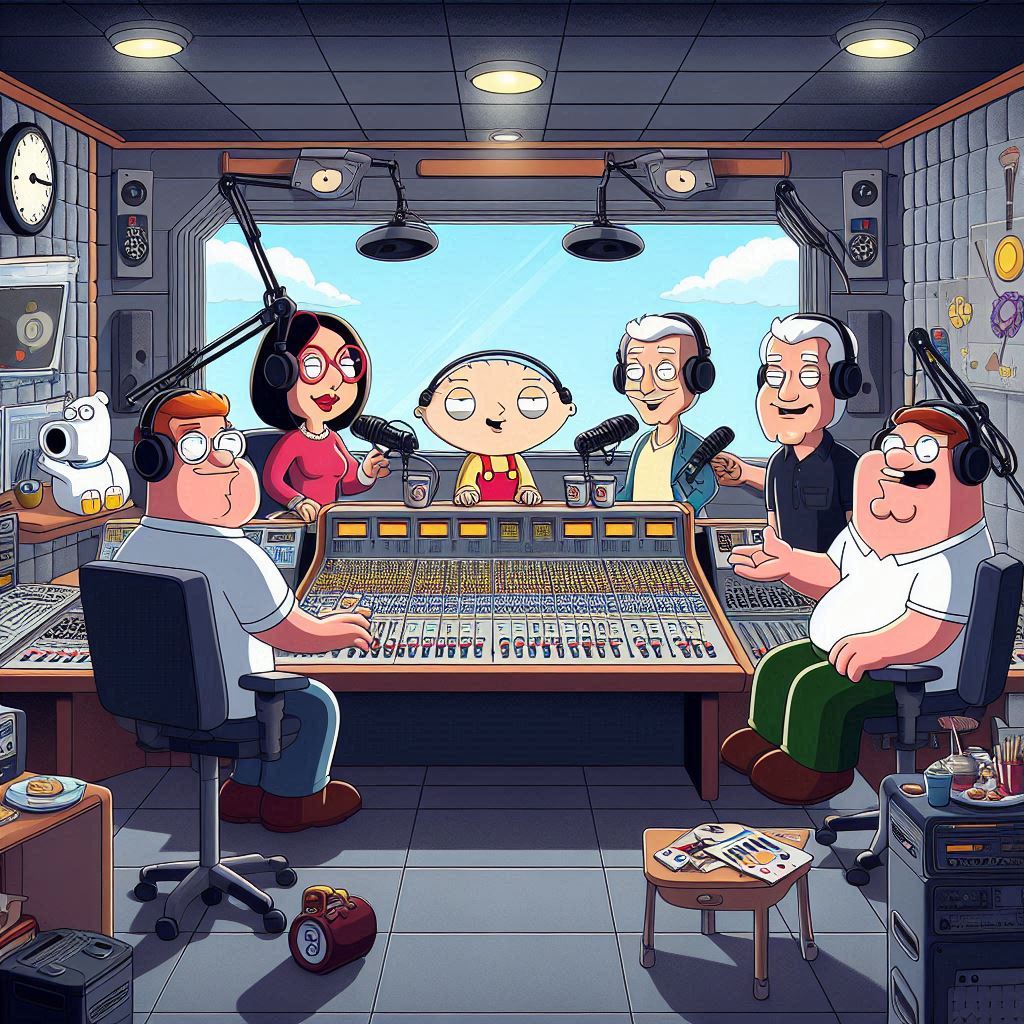In the rapidly evolving landscape of Connected TV (CTV), the promise of programmatic ad-sales and ad-fill has been marred by a fragmented process that often leads to inefficiencies and lost opportunities. As advertisers and publishers navigate this new terrain, the complexity of the journey from ad sale to delivery at the glass of the television screen becomes apparent, with inaccurate syntax playing a significant role in this challenge.
The Problem with Programmatic ad-Pods
CTV’s growth is booming, with ad spend expected to reach significant figures, yet the technology enabling programmatic ad pods is falling short. Programmatic tools and standards, primarily designed for web and display, struggle to meet the unique needs of CTV. The OpenRTB 2.5 protocol, while effective for its time, was established before the rise of CTV, leading to suboptimal viewer experiences and potentially stunting CTV’s growth.
Syntax Struggles in CTV Programmatic
The syntax used in the programmatic process is critical, yet it often remains inaccurate or outdated. This results in issues such as ad duplication, competitive separation, latency, and frequency capping—all of which are detrimental to the quality of the CTV viewing experience. The industry’s shift to OpenRTB 2.6 aims to address these challenges by introducing a standardized approach to signaling the availability of podded supply in CTV.
The Impact of Fragmentation
Fragmentation in the CTV ad process leads to several issues:
- Ad Repetition: The lack of a unified system can result in viewers being bombarded with the same ads, causing frustration among viewers and marketers alike.
- Unfilled Inventory: An estimated 15% of programmatic CTV inventory goes unfilled, translating into a significant loss in potential revenue.
- Walled Gardens: Different apps and streaming platforms create isolated environments, complicating frequency management and leading to a disjointed advertising experience.
Moving Forward in Programmatic CTV
The future of CTV advertising hinges on overcoming these challenges. The adoption of updated protocols like OpenRTB 2.6, better syntax accuracy, and a more integrated approach across platforms are essential steps towards a seamless ad experience that mirrors the quality of traditional broadcast TV.
As the industry continues to adapt and innovate, the hope is that these fragmented processes will evolve into a cohesive system that benefits media owners, buyers, and viewers alike, ultimately fulfilling the promise of CTV’s programmatic potential.

Discover more from Rathergood TV
Subscribe to get the latest posts to your email.

